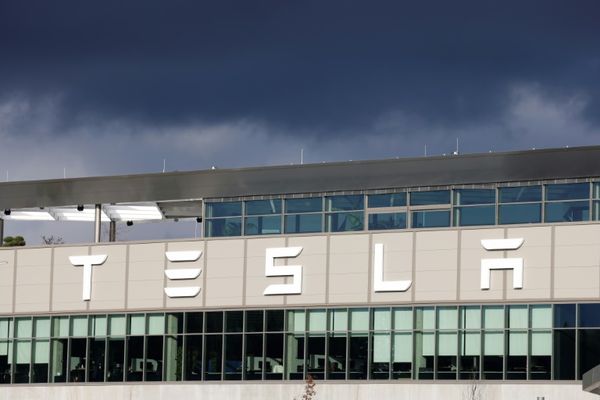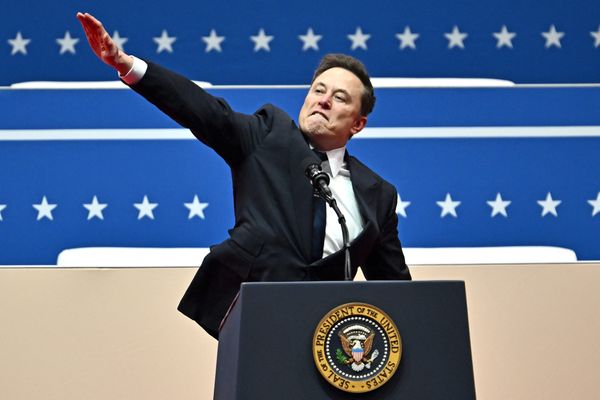
One of the world’s largest science and technology museums, located in Germany, has removed a space exhibit that prominently featured Elon Musk, explaining it didn’t have the space to include a “comprehensive historical portrayal” of the world’s richest man.
In its “Astronautics” exhibition, the Munich-based Deutsches Museum displayed a panel entitled “visionaries from the past and present.” This included portraits of German space scientists like Max Valier and Erik Theodor Lässig, in addition to South Africa-born SpaceX founder Elon Musk.
Hermann Oberth is also featured in the exhibition. Oberth is credited for his pioneering work in rocket technology. However, he also assisted in the Nazis’ war effort, which utilized slave labor, and was awarded the War Merit Cross in 1943 by the then government.
The museum, however, has decided to cover the glass front featuring these faces due to the difficulty in representing a contemporary figure, as first reported by the German publication Süddeutsche Zeitung.
“It can always be problematic to pay tribute to people who are still alive in such a prominent position in an exhibition—because such a presentation can be seen as an uncritical tribute. And a person's lifetime achievements can often only be correctly assessed in retrospect,” a representative for the museum told Fortune in a statement.
“There is only room for a few lines of text on the exhibition panel, which does not allow a comprehensive historical portrayal of a person or the classification of their life's achievements.”
The spokesperson said that the nature of the exhibit’s design meant it was difficult to react to current news events and changes could only be made with considerable effort. The museum added that the information for the exhibition was included several years ago.
As all figures mentioned by Deutsches Museum, except for Musk, are historical, therefore the museum’s concerns are likely focused on the billionaire.
A representative for Musk didn’t immediately respond to a request for comment.
Musk is rightly recognized as the preeminent figure in the new space race. Through SpaceX, Musk is pioneering private space exploration and has long harbored ambitions of sending astronauts to Mars. SpaceX’s sprawling Starlink satellite network also connects millions of internet users and has proved pivotal in the war in Ukraine.
In Germany, he is also regarded as a massive job creator, employing thousands of people at Tesla’s Berlin Gigafactory.
However, in the time since the museum’s panel was installed, Musk’s public image has undergone a dramatic shift that appears to have forced the museum to reconsider his presence.
The CEO of Tesla and SpaceX acquired Twitter in 2022, before renaming it to X. He has used his platform to post about cultural and political issues and in recent months has voiced his support for right-wing political parties across Europe.
He was a crucial backer of Donald Trump’s successful U.S. presidential campaign, reportedly donating more than a quarter of a billion dollars to the Trump-Vance ticket.
Musk hosted a discussion on X with Alice Weidel, the leader of Germany’s far-right AfD party, where he praised Weidel ahead of national elections next month. Rival leaders accused Musk of trying to weaken Europe with his courting of the far-right.
Following the inauguration of Trump on Monday, Musk was forced to defend a hand gesture that some on social media believe resembled the Nazi “Sieg Heil” salute.
“Frankly, they need better dirty tricks. The ‘everyone is Hitler’ attack is sooo tired,” Musk said in a post on X in response to the allegations.
However, the panel’s November removal indicates it was not driven by Musk’s latest headline-grabbing moments.










